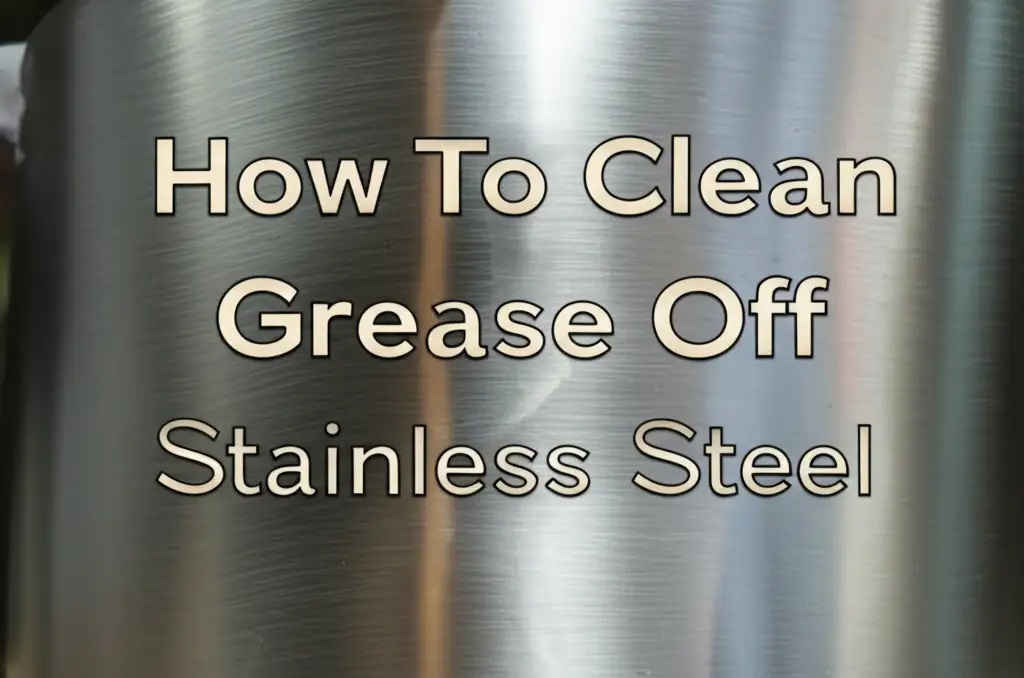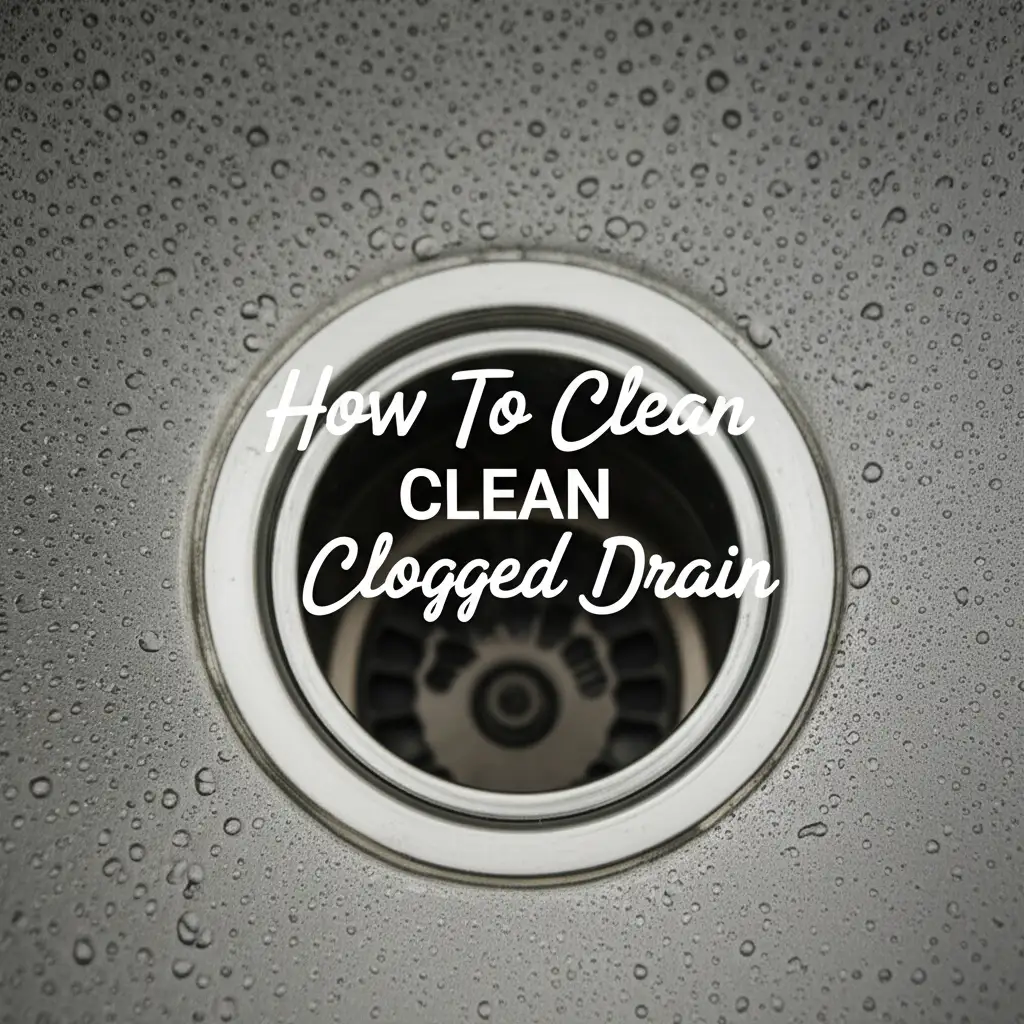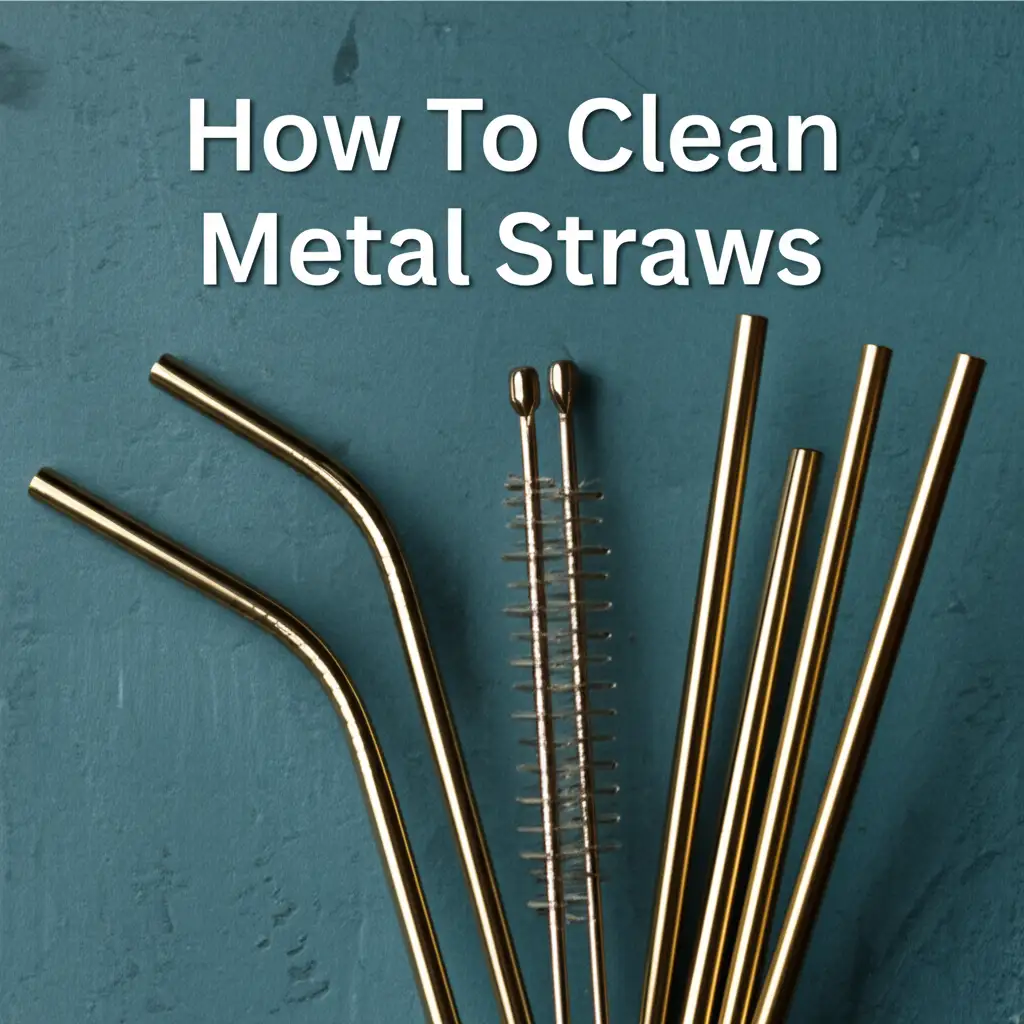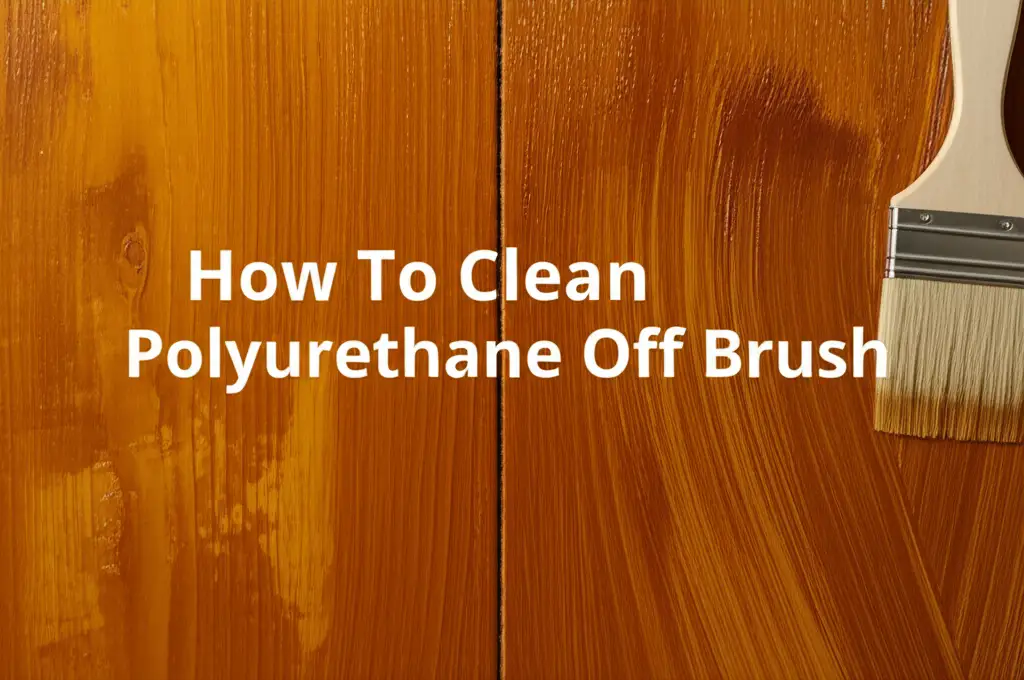· Cleaning Tips · 7 min read
How To Clean Powder Surfaces?
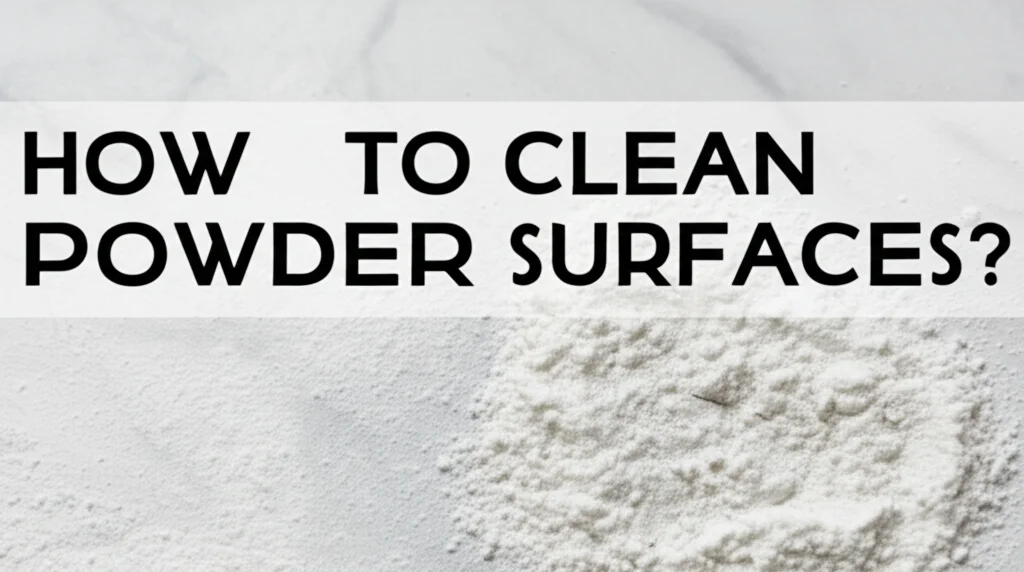
How to Clean Powder Surfaces: A Complete Guide
Have you ever wondered how to tackle that fine layer of powder coating dust or spilled powder makeup on your surfaces? Cleaning powder can be tricky, as simply wiping often spreads the mess. This guide will walk you through the best methods for cleaning various powder surfaces, from furniture to cosmetics, ensuring a spotless finish. We’ll cover everything from the right tools to the most effective techniques, so you can keep your spaces looking their best. Let’s dive into how to clean powder surfaces and restore their original shine!
Takeaway:
- Use a soft brush or microfiber cloth to gently lift powder.
- Avoid liquids on powder-coated surfaces unless specifically designed for cleaning them.
- Vacuum with a brush attachment for larger areas and hard-to-reach spots.
- Test any cleaning solution in an inconspicuous area first.
What is the best way to clean powder surfaces?
The best way to clean powder surfaces involves gentle methods like brushing, vacuuming with a soft brush attachment, and wiping with a slightly damp microfiber cloth. Avoid harsh chemicals and abrasive cleaners, as these can damage the powder coating. Regular dusting prevents buildup and makes cleaning easier.
Understanding Powder & Surface Types
Before we get into cleaning, it’s important to understand the different types of powder you might encounter and the surfaces they’re on. This will help you choose the most appropriate cleaning method. Powder isn’t just makeup; it can be coating on furniture, industrial materials, or even spilled ingredients.
Types of Powder
- Cosmetic Powder: This includes makeup like foundation, eyeshadow, and blush. It’s generally fine and easily spreadable.
- Powder Coating: A durable finish applied to metal surfaces, often found on furniture, appliances, and automotive parts. It’s more robust than cosmetic powder.
- Industrial Powders: These can range from flour and sugar to more specialized materials used in manufacturing.
- Drywall Dust: A common nuisance during home renovations or repairs.
Surface Considerations
- Painted Surfaces: Delicate and easily scratched, requiring gentle cleaning.
- Metal Surfaces (Powder-Coated): More durable but still susceptible to damage from harsh chemicals.
- Wood Surfaces: Can be sensitive to moisture, so avoid excessive wet cleaning.
- Fabric Surfaces: Require specialized techniques to avoid staining or damage.
Gentle Brushing: The First Line of Defense
Often, the simplest method is the most effective. Gentle brushing is ideal for removing loose powder from most surfaces. It prevents spreading the powder and minimizes the risk of scratching.
- Choose the Right Brush: Opt for a soft-bristled brush, like a makeup brush or a dusting brush. Avoid stiff bristles that could damage the surface.
- Brush in Circular Motions: This helps to lift the powder without pushing it further into the surface.
- Work from Top to Bottom: This prevents the powder from falling onto already cleaned areas.
- For Delicate Surfaces: Use a very light touch and consider using a brush specifically designed for delicate items.
Vacuuming with a Brush Attachment: For Larger Areas
When dealing with larger areas covered in powder, a vacuum cleaner with a brush attachment is your best friend. This method is particularly effective for powder coating on furniture or drywall dust on floors.
- Use a Soft Brush Attachment: This prevents scratching and ensures effective powder removal.
- Adjust the Suction: Lower the suction power if you’re cleaning delicate surfaces.
- Vacuum in Overlapping Strokes: This ensures you cover the entire area and don’t miss any spots.
- Empty the Vacuum Regularly: A full vacuum bag or canister reduces suction power and efficiency.
Microfiber Cloths: The Wiping Wonder
Microfiber cloths are excellent for wiping away residual powder after brushing or vacuuming. Their soft fibers trap dust and dirt without scratching surfaces.
- Slightly Dampen the Cloth: A slightly damp cloth is more effective at picking up powder than a dry one. Avoid soaking the cloth, especially on wood or painted surfaces.
- Wipe in One Direction: This prevents spreading the powder around.
- Use a Clean Section of the Cloth: As the cloth becomes soiled, switch to a clean section to avoid re-depositing the powder.
- For Stubborn Residue: Gently apply a bit more pressure, but avoid scrubbing aggressively.
Cleaning Powder-Coated Surfaces: A Special Approach
Powder-coated surfaces require a slightly different approach due to the durable, yet sensitive, nature of the coating. Harsh chemicals can dull the finish or cause damage. https://www.beacleaner.com/how-to-clean-luxury-vinyl-plank-flooring/ offers insights into maintaining coated surfaces.
Recommended Cleaning Solutions
- Mild Soap and Water: A solution of warm water and a few drops of mild dish soap is generally safe and effective.
- Powder Coating Cleaners: Specifically formulated cleaners are available for powder-coated surfaces. Follow the manufacturer’s instructions carefully.
- Isopropyl Alcohol: For stubborn marks, a small amount of isopropyl alcohol can be used, but test it in an inconspicuous area first.
What to Avoid
- Abrasive Cleaners: These can scratch the powder coating.
- Strong Solvents: These can dissolve or damage the coating.
- Pressure Washers: The high pressure can chip or peel the coating.
Tackling Cosmetic Powder Spills: A Delicate Touch
Cosmetic powder spills require a gentle approach to avoid staining fabrics or damaging surfaces.
- Let it Settle: Allow the powder to settle before attempting to clean it up. This prevents it from becoming airborne and spreading further.
- Use a Makeup Brush: A clean makeup brush is perfect for sweeping up loose powder.
- For Fabric Surfaces: Gently blot the area with a clean, damp cloth. Avoid rubbing, as this can push the powder deeper into the fibers. https://www.beacleaner.com/how-to-get-flour-out-of-carpet/ provides similar techniques for other powdered substances.
- Consider a Fabric Cleaner: For stubborn stains, use a fabric cleaner specifically designed for the type of fabric.
Removing Drywall Dust: Post-Renovation Cleanup
Drywall dust is a common byproduct of home renovations. It’s fine, pervasive, and can be a pain to clean up.
- Vacuum Thoroughly: Use a vacuum with a HEPA filter to capture the fine dust particles.
- Damp Wipe Surfaces: Wipe down all surfaces with a slightly damp microfiber cloth.
- Wash Floors: Mop hard floors with a mild detergent.
- Air Purifier: Use an air purifier to remove any remaining dust particles from the air. https://www.beacleaner.com/how-to-clean-hardwood-floors-with-vinegar/ can help with floor cleaning after dust settles.
FAQ: Your Powder Cleaning Questions Answered
- Can I use a steam cleaner on powder-coated surfaces? No, steam cleaners can damage the powder coating. The heat and moisture can cause the coating to blister or peel.
- What’s the best way to clean powder off a keyboard? Use a can of compressed air to blow out the powder from between the keys. Follow up with a soft brush to remove any remaining residue.
- How do I prevent powder buildup on furniture? Regular dusting with a microfiber cloth or soft brush will help prevent powder buildup.
- Is it safe to use vinegar on powder-coated surfaces? While diluted vinegar can sometimes be used, it’s generally not recommended as it can potentially damage the coating. Always test in an inconspicuous area first.
- What if the powder is stuck on and won’t come off? Try a specialized powder coating cleaner or a small amount of isopropyl alcohol (after testing). Avoid excessive scrubbing.
- Can I use baking soda to clean powder surfaces? Baking soda is mildly abrasive and could scratch some surfaces. It’s best to avoid it, especially on delicate finishes. https://www.beacleaner.com/how-to-remove-baking-soda-residue-from-carpet/ explains how to deal with baking soda residue itself.
Conclusion: Keeping Your Surfaces Powder-Free
Cleaning powder surfaces doesn’t have to be a daunting task. By understanding the type of powder and surface you’re dealing with, and using the right tools and techniques, you can keep your spaces looking clean and fresh. Remember to prioritize gentle methods, avoid harsh chemicals, and always test any cleaning solution in an inconspicuous area first. Regular dusting and vacuuming are key to preventing buildup and making cleaning easier. So, go ahead and tackle that powder mess with confidence – your surfaces will thank you! Don’t hesitate to explore other cleaning guides on our site, like https://www.beacleaner.com/how-to-clean-bathroom-floor-without-mop/, for more helpful tips.
- powder cleaning
- surface cleaning
- dusting
- cleaning methods

